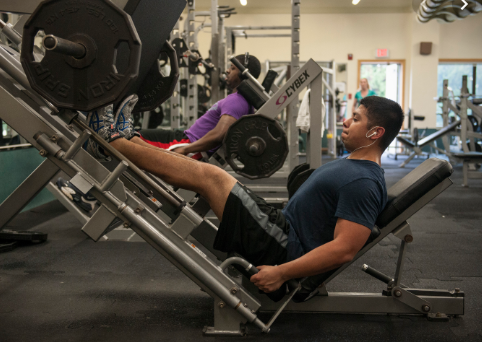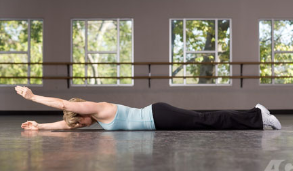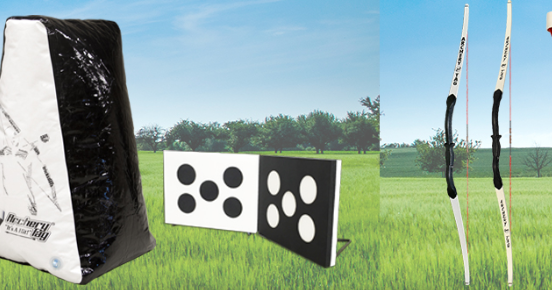Strength or resistance training challenges your muscles with a stronger-than-usual counter-force, such as pushing against a wall or lifting a dumbbell or pulling on a resistance band. Using progressively heavier weights or increasing resistance makes muscles stronger. This kind of exercise increases muscle mass, tones muscles, and strengthens bones. It also helps you maintain the strength you need for everyday activities — lifting groceries, climbing stairs, rising from a chair, or rushing for the bus.

The current national guidelines for physical activity recommend strengthening exercises for all major muscle groups (legs, hips, back, chest, abdomen, shoulders, and arms) at least twice a week. One set — usually 8 to 12 repetitions of the same movement — per session is effective, though some evidence suggests that two to three sets may be better. Your muscles need at least 48 hours to recover between strength training sessions.
These seven tips can keep your strength training safe and effective.
- Warm up and cool down for five to 10 minutes. Walking is a fine way to warm up; stretching is an excellent way to cool down.
- Focus on form, not weight. Align your body correctly and move smoothly through each exercise. Poor form can prompt injuries and slow gains. When learning a strength training routine, many experts suggest starting with no weight, or very light weight. Concentrate on slow, smooth lifts and equally controlled descents while isolating a muscle group.
- Working at the right tempo helps you stay in control rather than compromise strength gains through momentum. For example, count to three while lowering a weight, hold, then count to three while raising it to the starting position.
- Pay attention to your breathing during your workouts. Exhale as you work against resistance by lifting, pushing, or pulling; inhale as you release.
- Keep challenging muscles by slowly increasing weight or resistance. The right weight for you differs depending on the exercise. Choose a weight that tires the targeted muscle or muscles by the last two repetitions while still allowing you to maintain good form. If you can’t do the last two reps, choose a lighter weight. When it feels too easy to complete add weight (roughly 1 to 2 pounds for arms, 2 to 5 pounds for legs), or add another set of repetitions to your workout (up to three sets). If you add weight, remember that you should be able to do all the repetitions with good form and the targeted muscles should feel tired by the last two.
- Stick with your routine — working all the major muscles of your body two or three times a week is ideal. You can choose to do one full-body strength workout two or three times a week, or you may break your strength workout into upper- and lower-body components. In that case, be sure you perform each component two or three times a week.
- Give muscles time off. Strength training causes tiny tears in muscle tissue. These tears aren’t harmful, but they are important: muscles grow stronger as the tears knit up. Always give your muscles at least 48 hours to recover before your next strength training session.
www.health.harvard.edu/exercise-and-fitness/7-tips-for-a-safe-and-successful-strength-training-program













